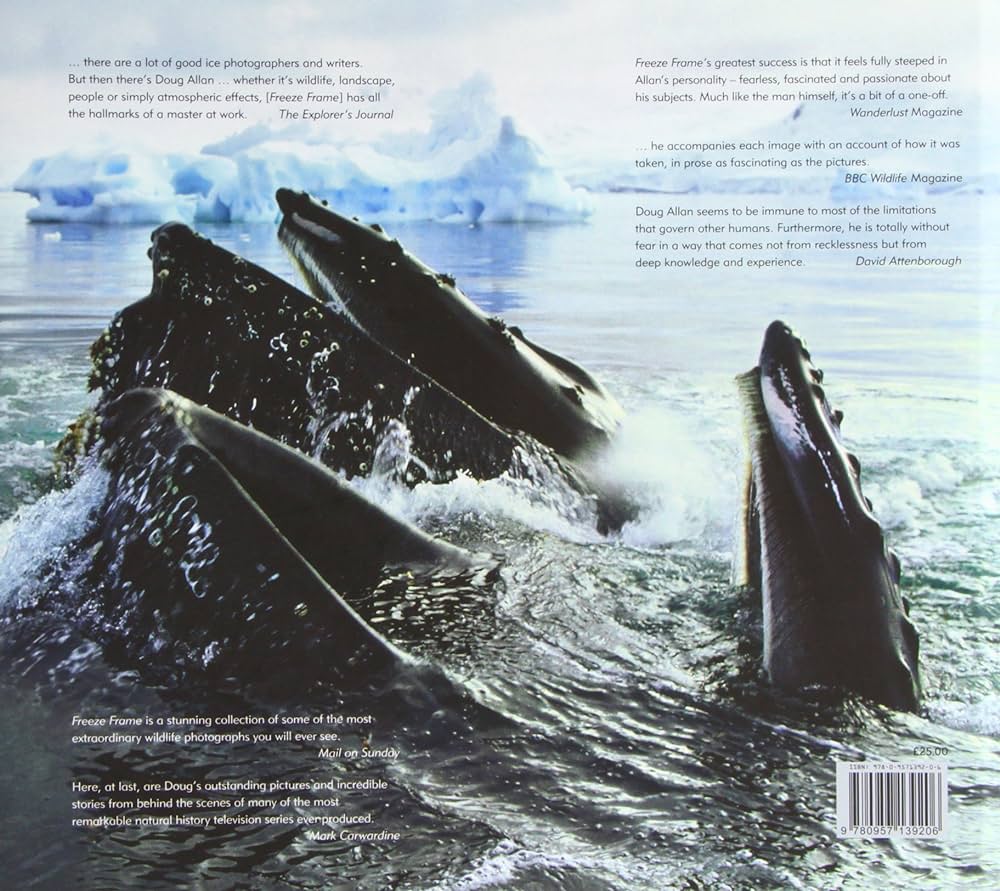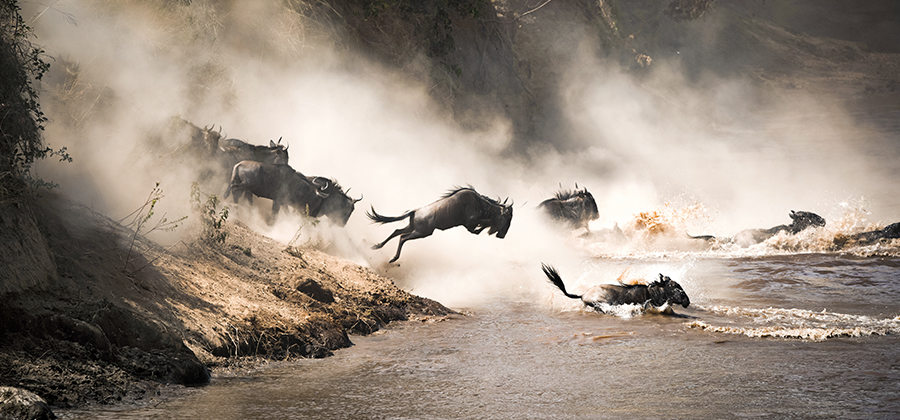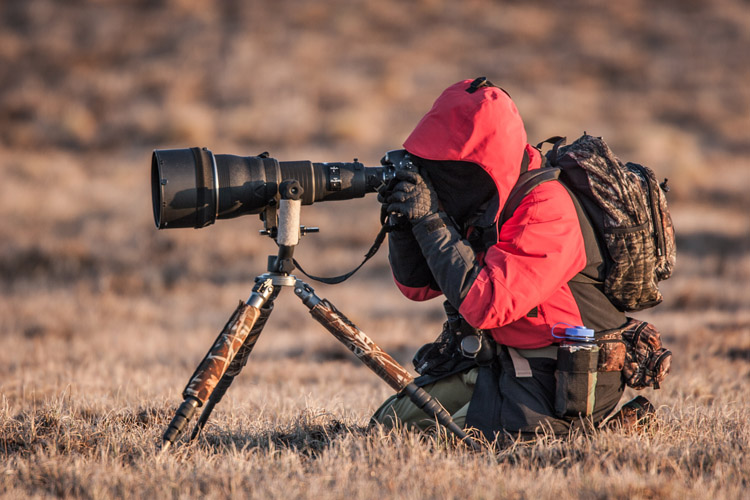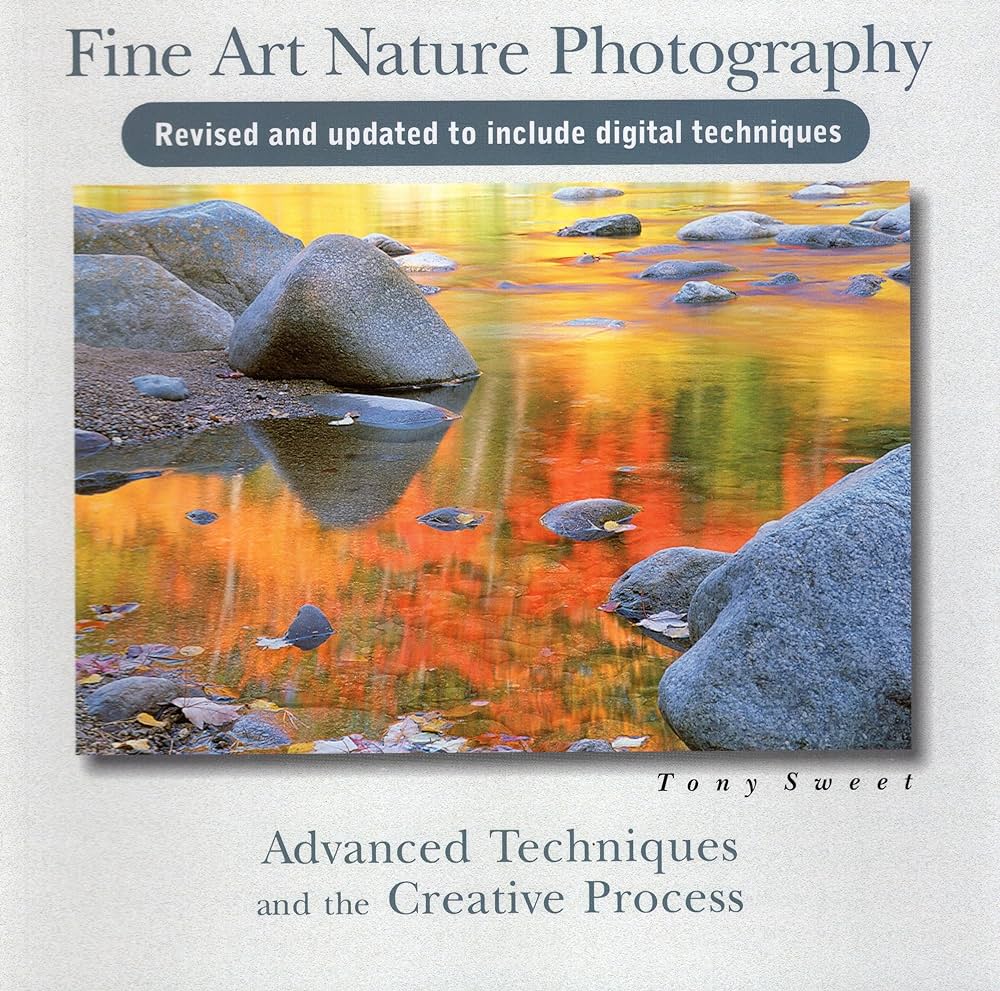Freeze-Frame Nature: Techniques for Stunning Nature Photography
Are you ready to capture the breathtaking beauty of nature through the lens of your camera?
In ‘Freeze-Frame Nature: Techniques for Stunning Nature Photography,’ you will discover the secrets to creating awe-inspiring images that will leave your audience in awe.
This guide will take you on a journey through the world of nature photography, providing you with essential techniques and tips to bring your shots to life.
From mastering the art of macro photography to capturing wildlife in action, you will learn how to freeze-frame the wonders of nature in all their glory.
With the right camera settings, lighting techniques, and a touch of creativity, you will be able to create stunning nature shots that will truly mesmerize.
Choosing the Right Camera Settings
To capture the best shots of nature, you need to select the optimal camera settings. The right camera settings play a crucial role in bringing out the beauty of nature in your photographs.
One of the first things you should consider is the aperture setting. A wider aperture (smaller f-number) will give you a shallow depth of field, perfect for isolating the subject from the background. On the other hand, a narrower aperture (larger f-number) will increase the depth of field, ensuring that both the foreground and background are in focus.
Another important setting is the shutter speed. A fast shutter speed is ideal for freezing motion, which is important when capturing wildlife or birds in flight. Conversely, a slower shutter speed can create motion blur, adding a sense of movement to your nature shots.
Lastly, the ISO setting determines the camera’s sensitivity to light. Lower ISO values produce cleaner and less noisy images, while higher ISO values are useful in low-light situations.
Mastering the Art of Macro Photography
When exploring the world of nature photography, you can take your skills to the next level by mastering the art of macro photography. Macro photography allows you to capture the intricate details of small subjects, revealing a hidden world that’s often overlooked. To excel in this technique, there are a few key factors to consider.
First, you need to invest in a good macro lens. These lenses are specifically designed to focus at close distances, enabling you to capture sharp and detailed images. Additionally, using a tripod is essential to minimize camera shake and ensure maximum sharpness.
Lighting is another crucial element in macro photography. Natural light can be effective, but you may need to use reflectors or diffusers to control harsh shadows or create a softer, more even light. Alternatively, you can experiment with artificial lighting, such as a ring light or macro flash, to add more depth and dimension to your images.
Composition is equally important in macro photography. Pay attention to the placement and arrangement of your subject within the frame. Look for interesting angles, lines, or patterns that can enhance the overall aesthetic of your photograph.
Lastly, don’t be afraid to experiment and think outside the box. Macro photography opens up a world of possibilities, allowing you to capture the beauty and intricacy of even the smallest subjects. So get out there, explore, and let your creativity shine through your macro photographs.
Capturing Wildlife in Action
Get up close and personal with wildlife by photographing them in the midst of their dynamic and energetic actions. Capturing wildlife in action allows you to freeze those fleeting moments of excitement and natural behavior.
To achieve stunning wildlife action shots, start by researching your subject and understanding their habits and patterns. This knowledge will help you anticipate their movements and be prepared to capture the perfect shot.
Use a fast shutter speed to freeze the action and avoid blurry images. Utilize burst mode or continuous shooting mode to capture a series of images in quick succession, increasing your chances of getting that perfect shot.
It’s also important to have the right equipment, such as a telephoto lens, to get closer to the wildlife without disturbing them.
Patience is key when photographing wildlife in action, as you may need to wait for hours or even days for the perfect moment.
Lastly, be respectful of the wildlife and their natural habitat, ensuring that your actions don’t disturb or harm them.
Utilizing Long Exposure for Dramatic Landscapes
Capture breathtaking and ethereal landscapes by utilizing the power of long exposure photography. Long exposure is a technique that involves using a slow shutter speed to capture the movement of elements in a scene, resulting in stunning and dramatic images. By extending the exposure time, you can create beautiful effects such as silky smooth waterfalls, streaking clouds, and surreal light trails.
To achieve the best results, it’s essential to use a sturdy tripod to keep your camera steady during the long exposure. This will prevent any unwanted camera shake and ensure sharpness in your final image. Additionally, using a remote shutter release or the camera’s built-in timer will further minimize any camera movement.
When composing your shot, look for scenes that have elements with movement, such as flowing water, moving clouds, or swaying trees. These dynamic elements will add a sense of motion and drama to your photograph. Consider experimenting with different exposure times to achieve the desired effect. Longer exposures, ranging from a few seconds to several minutes, can create a more pronounced motion blur, while shorter exposures will capture more subtle movement.
Lastly, be mindful of the lighting conditions when shooting long exposures. Ideally, choose times when the light is soft and diffused, such as during sunrise or sunset. This will help to enhance the colors and add a dreamy atmosphere to your images.
Incorporating long exposure into your landscape photography can elevate your images to a whole new level. So, grab your tripod, find a captivating scene, and embrace the magic of long exposure photography.
Lighting Techniques for Stunning Nature Shots
Enhance the beauty of your nature shots with expert lighting techniques.
Proper lighting can make a significant difference in the quality and impact of your photographs. One technique you can use is backlighting, where the light source is positioned behind your subject. This creates a stunning halo effect and adds depth to your images.
Another technique is side lighting, which involves positioning the light source to the side of your subject. This creates strong shadows and highlights, bringing out the textures and details of your subject.
Additionally, you can experiment with using natural light during the golden hour, which is the period shortly after sunrise or before sunset. The soft, warm light during this time can create a magical and ethereal atmosphere in your photographs.
If you’re shooting in low light conditions, consider using a tripod and longer exposure times to capture the ambient light.
Remember to always pay attention to the direction, intensity, and quality of light when composing your nature shots. By mastering these lighting techniques, you can take your nature photography to the next level and create stunning images that truly capture the beauty of the natural world.
Frequently Asked Questions
What Are the Best Camera Settings for Capturing Nature Photography in Low Light Conditions?
To capture stunning nature photography in low light conditions, adjust your camera settings accordingly. Increase the ISO for better sensitivity, open up the aperture to let in more light, and slow down the shutter speed for longer exposure.
What Are Some Tips for Capturing Intricate Details in Macro Photography?
To capture intricate details in macro photography, try these tips: get close to your subject, use a small aperture for a larger depth of field, use a tripod for stability, and experiment with lighting angles.
How Can I Capture Fast-Moving Wildlife Without Blur or Motion Trails?
To capture fast-moving wildlife without blur or motion trails, use a fast shutter speed, keep your camera steady, and track the subject’s movement. These techniques will help you freeze the action and capture stunning wildlife shots.
What Are the Recommended Camera Settings for Achieving Long Exposure Effects in Landscapes?
To achieve long exposure effects in landscapes, set your camera to a low ISO for less noise, use a small aperture for a greater depth of field, and select a slow shutter speed to capture the desired motion blur.
How Can I Use Lighting Techniques to Enhance the Mood and Atmosphere in Nature Photography?
To enhance the mood and atmosphere in your nature photography, try using lighting techniques. Experiment with different angles and intensities of light to create unique and captivating images that capture the essence of the scene.
Conclusion
So there you have it! By choosing the right camera settings, mastering macro photography, capturing wildlife in action, utilizing long exposure, and using lighting techniques, you can capture stunning nature shots.

Remember to experiment with different techniques and always be prepared to freeze-frame the beauty of nature.
With pra discover this info here ctice and patience, you’ll be able to create breathtaking photographs that truly showcase the wonders of the natural world.
Happy shooting!

Welcome to my website! My name is Oscar Mullan, and I am a passionate Campsite Interior Designer. With a deep love for nature and a keen eye for design, I have dedicated my career to creating elegant camping experiences that seamlessly blend luxury, sustainability, and outdoor wellness.



